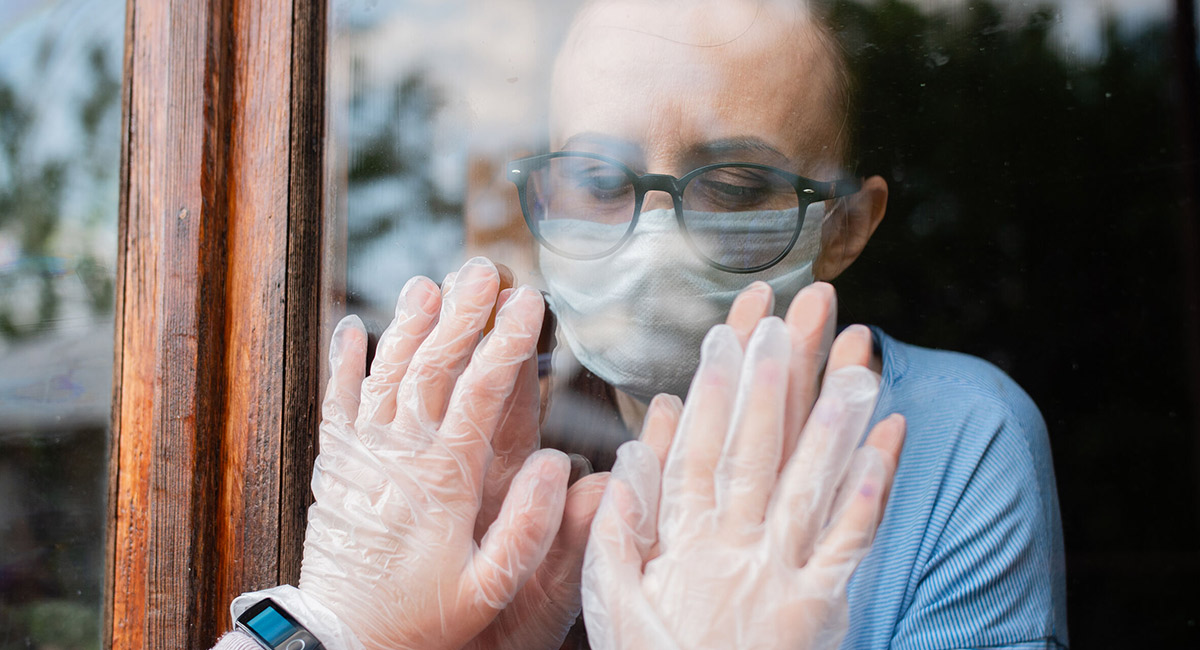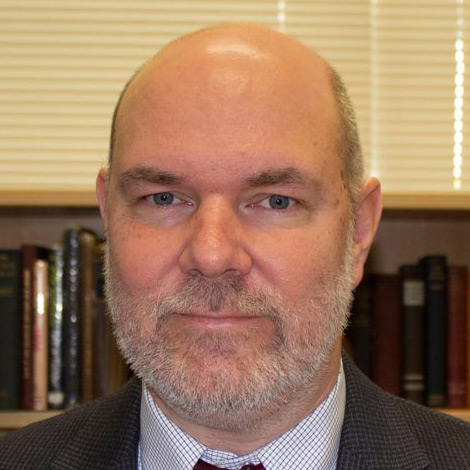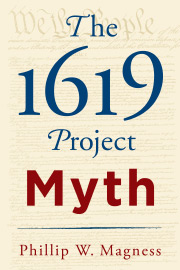‘Follow the science” has been the battle cry of lockdown supporters since the Covid-19 pandemic began. Yet before March 2020, the mainstream scientific community, including the World Health Organization, strongly opposed lockdowns and similar measures against infectious disease.
That judgment came from historical analysis of pandemics and an awareness that societywide restrictions have severe socioeconomic costs and almost entirely speculative benefits. Our pandemic response, premised on lockdowns and closely related “non-pharmaceutical interventions,” or NPIs, represented an unprecedented and unjustified shift in scientific opinion from where it stood a few months before the discovery of Covid-19.
In March 2019 WHO held a conference in Hong Kong to consider NPI measures against pandemic influenza. The WHO team evaluated a quarantine proposal—“home confinement of non-ill contacts of a person with proven or suspected influenza”—less indiscriminate than the Covid lockdowns. They called attention to the paucity of data to support this policy, noting that “most of the currently available evidence on the effectiveness of quarantine on influenza control was drawn from simulation studies, which have a low strength of evidence.” The WHO team declared that large-scale home quarantine was “not recommended because there is no obvious rationale for this measure.”
A September 2019 report from Johns Hopkins University’s Center for Health Security reached a similar conclusion: “In the context of a high-impact respiratory pathogen, quarantine may be the least likely NPI to be effective in controlling the spread due to high transmissibility.” This was especially true of a fast-spreading airborne virus, such as the then-undiscovered SARS-CoV-2.
These studies drew on historical experience. A separate 2006 WHO study concluded that “forced isolation and quarantine are ineffective and impractical,” based on findings from the Spanish flu pandemic of 1918. It pointed to the example of Edmonton, Alberta, where “public meetings were banned; schools, churches, colleges, theaters, and other public gathering places were closed; and business hours were restricted without obvious impact on the epidemic.”
Using data from a 1927 analysis of the Spanish flu in the U.S., the study concluded that lockdowns were “not demonstrably effective in urban areas.” Only in isolated rural areas, “where group contacts are less numerous,” did this strategy become theoretically viable, but the hypothesis wasn’t tested. While the study found some benefits from smaller-scale quarantines of patients and their families during the 2003 SARS outbreak, it concluded that a fast-spreading disease, combined with “the presence of mild cases and possibility of transmission without symptoms,” would make these measures “considerably less successful.”
Medical historian John Barry, who wrote the standard account of the 1918 Spanish flu, concurred about the ineffectiveness of lockdowns. “Historical data clearly demonstrate that quarantine does not work unless it is absolutely rigid and complete,” he wrote in 2009, summarizing the results of a study of influenza outbreaks on U.S. Army bases during World War I. Of 120 training camps that experienced outbreaks, 99 imposed on-base quarantines and 21 didn’t. Case rates between the two categories of camps showed “no statistical difference.” “If a military camp cannot be successfully quarantined in wartime,” Mr. Barry concluded, “it is highly unlikely a civilian community can be quarantined during peacetime.”
A Johns Hopkins team reached similar conclusions in 2006: “No historical observations or scientific studies” could be found to support the effectiveness of large-scale quarantine. The scientists concluded that “the negative consequences of large-scale quarantine are so extreme . . . that this mitigation measure should be eliminated from serious consideration.” They rejected the modeling approach for relying too heavily on its own assumptions—circular reasoning that confuses a model’s predictions with observed reality.
Even at the outset of Covid-19, the unwisdom of lockdowns guided mainstream epidemiology. When the Wuhan region of China imposed harsh restrictions on Jan. 23, 2020, Anthony Fauci questioned the move. “That’s something that I don’t think we could possibly do in the United States, I can’t imagine shutting down New York or Los Angeles,” Dr. Fauci told CNN. He likely had the scientific literature in mind when he advised that “historically, when you shut things down, it doesn’t have a major effect.”
What caused the scientific community to abandon its aversion to lockdowns? The empirical evidence didn’t change. Rather, the lockdown strategy originated from the same sources the WHO had heavily deprecated in its 2019 report: speculative and untested epidemiological models.
The most influential model came from Imperial College London. In April 2020, the journal Nature credited the Imperial team led by Neil Ferguson for developing one of the main computer simulations “driving the world’s response to Covid-19.” The New York Times described it as the report that “jarred the U.S. and the U.K. to action.”
After predicting catastrophic casualty rates for an “unmitigated” pandemic, Mr. Ferguson’s model promised to bring Covid-19 under control through increasingly severe NPI policies, leading to event cancellations, school and business closures, and ultimately lockdowns. Mr. Ferguson produced his model by recycling a decades-old influenza model that was noticeably deficient in its scientific assumptions. For one thing, it lacked a means of even estimating viral spread in nursing homes.
The record of Mr. Ferguson’s previous models should have been a warning. In 2001 he predicted that mad cow disease would kill up to 136,000 people in the U.K., and he chastised conservative estimates of up to 10,000. As of 2018 the actual death toll was 178. His other missteps include predicted catastrophes for mad sheep disease, avian flu and swine flu that never panned out.
We evaluated the performance of Imperial’s Covid-19 predictions in 189 different countries at the first anniversary of their publication, March 26, 2021. Not a single country reached the predicted mortality rates of their “unmitigated spread” or even the “mitigation” model—the latter premised on social-distancing measures similar to what many governments enacted. Even Mr. Ferguson’s extreme “suppression” model, which assumed a strict lockdown curtailing public contacts by 75% for over a year, predicted more deaths than occurred in 170 of 189 countries. Imperial predicted up to 42,473 Covid deaths in Sweden under mitigation and 84,777 under uncontrolled spread. The country, which famously refused to lock down, had some 13,400 deaths in the first year.
Despite the failed predictions of these models, the Imperial team rushed a study to print in the journal Nature in June 2020, claiming that lockdowns had already saved 3.1 million lives. It remains the most heavily cited pro-lockdown study in epidemiology, despite its premature claims and its circular reliance on its own model to arrive at this figure.
In reality, lockdown stringency is a poor predictor of Covid-related mortality. Our examination of the 50 U.S. states and 26 countries found no discernible pattern connecting the two—a basic expectation if lockdowns performed as “the science” often insists.
So why did public-health authorities abandon their opposition to lockdowns? Why did they rush to embrace the untested claims of flawed epidemiological modeling? One answer appears in the Johns Hopkins study from 2019: “Some NPIs, such as travel restrictions and quarantine, might be pursued for social or political purposes by political leaders, rather than pursued because of public health evidence.”











